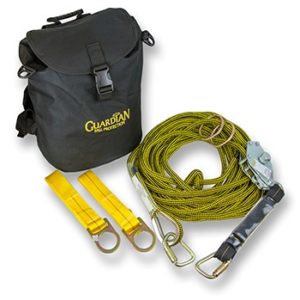The October meeting will be held on Oct 11, 2017 starting at 8:00 AM with a Continental breakfast served at 7:30 AM.
It will be held at NEIT in the Room CT 245 (instead of the usual room) at 2450 Post Road, Warwick, RI.
Looking forward to seeing everyone tomorrow morning.
We have an exciting program to offer, as follows:
- Introduction
- What’s new?
- OSHA Silica compliance tidbits
- Sweeping compound – is it allowed?
- Jane’s wellness remarks
- Tobacco control information – RIDOH
- Drones in construction – UAVAMERICA
- Lesson learned – the good, the bad, the ugly…..
- Foundation of safe flight
- Demonstration
